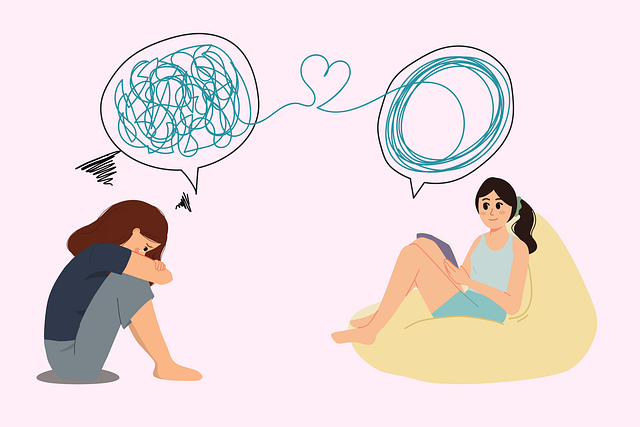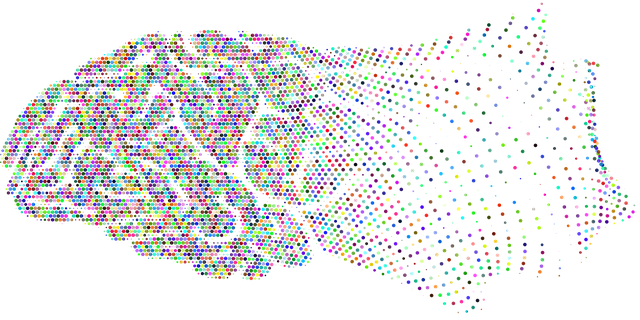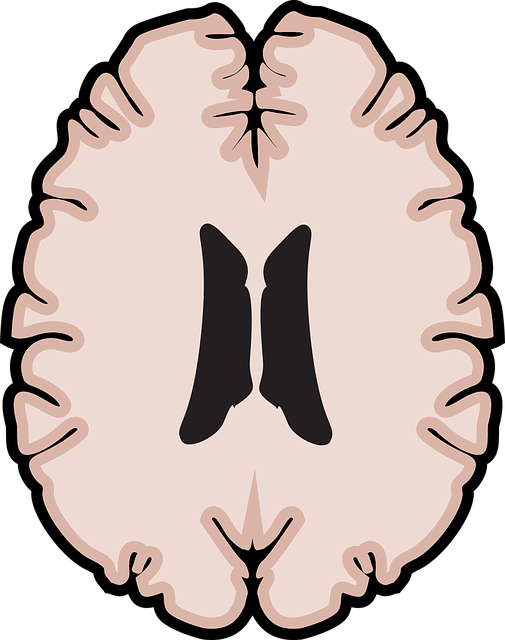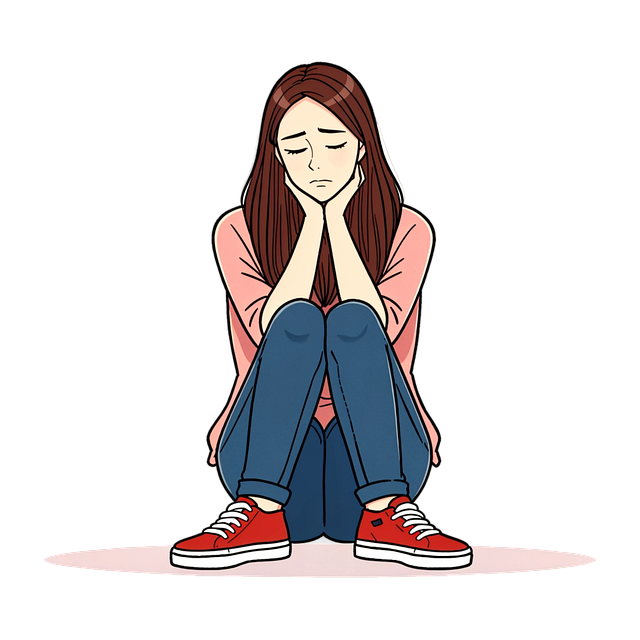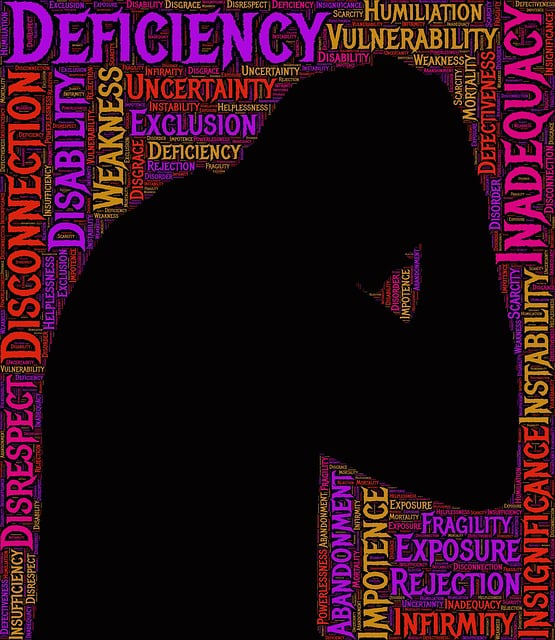Mental wellness journaling is a creative, therapeutic method for young children, promoting emotional expression and understanding through art, play, and guided exercises. It complements traditional counseling like couples counseling, which offers a safe space for partners to communicate, fostering mutual understanding and addressing mental health issues. Both practices encourage reflection on emotions, thoughts, and experiences, enhancing emotional intelligence and building resilience in children while strengthening bonds between couples, ultimately benefiting family well-being. Journaling can be an engaging routine for anyone seeking to nurture their emotional well-being, particularly targeted at therapy for young children and couples counseling.
“Unleash the power of self-reflection and emotional expression through mental wellness journaling—a transformative practice for young minds. This article guides parents, educators, and caregivers on implementing this therapeutic tool, especially focusing on its benefits for children.
We explore ‘Understanding Mental Wellness Journaling for Young Children’ and delve into the role of ‘Couples Counseling’ as a catalyst for joint wellbeing. Additionally, discover ‘Effective Techniques’ to enhance journaling sessions and foster open communication. Empower yourself with these insights to nurture mental health and strengthen relationships through this simple yet profound practice.”
- Understanding Mental Wellness Journaling for Young Children
- The Role of Couples Counseling in Promoting Joint Wellbeing
- Effective Techniques and Tips for a Therapeutic Journaling Practice
Understanding Mental Wellness Journaling for Young Children

Mental wellness journaling can be a powerful tool for young children to explore and express their emotions, especially when coupled with therapy techniques. Unlike traditional journaling, which often focuses on writing, this practice encourages kids to engage in creative outlets like drawing, sticking, or even playing games that help them communicate their feelings. It’s not about producing perfect sentences but rather providing a safe space for self-discovery and emotional regulation.
By integrating mental wellness journaling into their routine, parents and caregivers can facilitate emotional well-being promotion techniques that foster resilience and coping skills in young children. This simple practice can serve as an alternative to direct couples counseling, allowing families to navigate anxiety relief together through shared creativity and understanding. Through guided exercises, children learn to identify and manage their emotions, laying the foundation for better mental health as they grow.
The Role of Couples Counseling in Promoting Joint Wellbeing

Couples counseling plays a pivotal role in promoting joint wellbeing, especially for young children and their families navigating complex emotional landscapes. This form of therapy provides a safe space for partners to openly communicate, understand each other’s perspectives, and address underlying issues affecting their mental health. By integrating strategies from mental health education programs designed to enhance emotional intelligence, couples counseling helps foster healthier relationships built on mutual respect and understanding.
Through effective counseling sessions, couples gain valuable insights into stress reduction methods tailored to their unique needs. This proactive approach not only mitigates the impact of individual mental health challenges but also strengthens the bond between partners, creating a supportive environment that positively influences the overall well-being of young children in the family.
Effective Techniques and Tips for a Therapeutic Journaling Practice

Engaging in mental wellness journaling can be a powerful therapy for young children and couples counseling. To make it truly therapeutic, incorporate effective techniques like using prompts that encourage reflection on emotions, thoughts, and experiences. Reflecting on these aspects helps individuals develop emotional intelligence by better understanding their feelings and those of others.
For instance, start with simple prompts like “What made me happy today?” or “What challenges did I face and how did I cope?” to foster a consistent practice. Consistency is key; setting aside dedicated time each day for journaling can significantly enhance its benefits. Additionally, consider incorporating various media such as drawings or collages alongside written entries to provide different avenues for expression. This versatility in the mental wellness journaling exercise guidance caters to diverse personalities and preferences, making it an engaging and beneficial routine for anyone seeking to nurture their emotional well-being.
Mental wellness journaling can be a powerful tool for both young children and couples seeking therapy. By understanding its benefits and implementing effective techniques, individuals and families can foster joint wellbeing and enhance their therapeutic journey. Integrating journaling into counseling practices offers a creative outlet for expression and reflection, promoting mental health and personal growth. Whether for children or couples, this simple yet profound practice has the potential to revolutionize the way we approach therapy.
